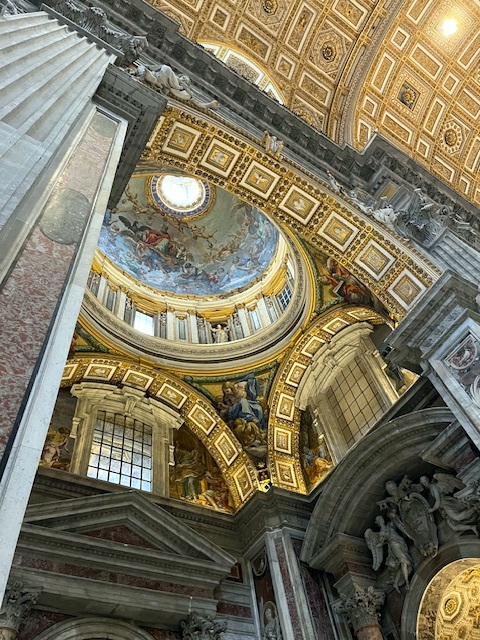
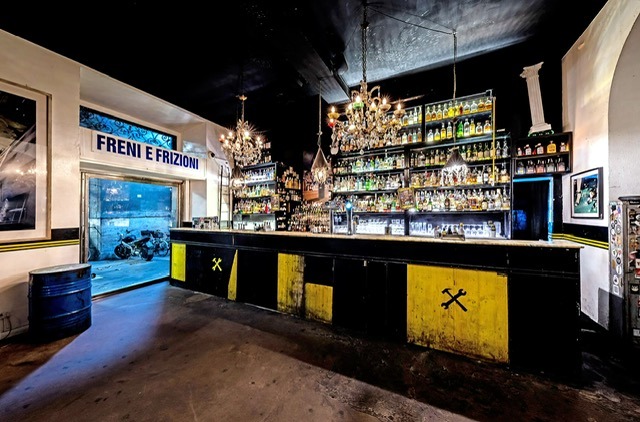
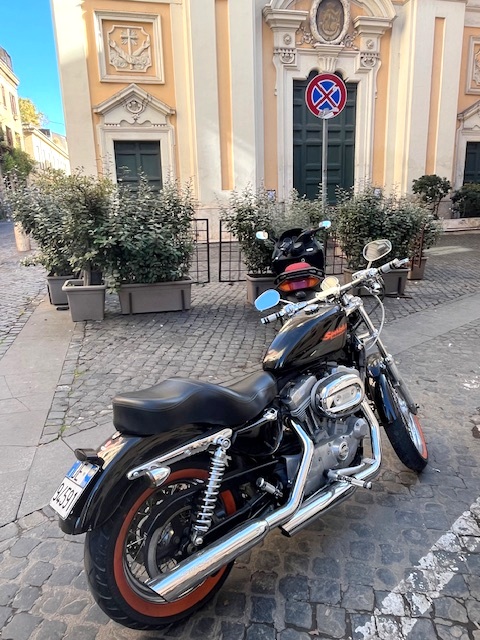
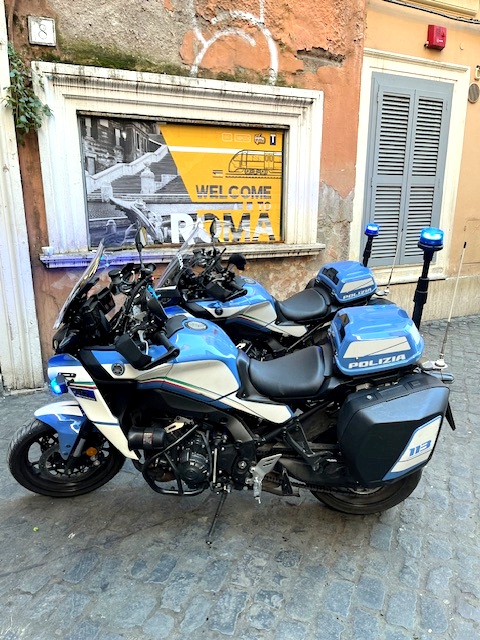
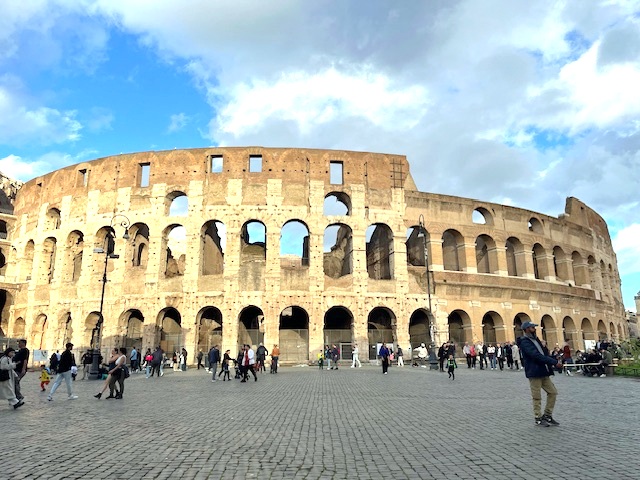
[1] The most fascinating part of the Pantheon is its giant dome, with its famous hole in the top (The eye of the Pantheon, or oculus). The dome was the largest in the world for 1300 years and to present remains the largest unsupported dome in the world. Its diameter is 43.30 meters (142 ft). [The Romans perfected building with concrete and used it extensively for 700 years, from 300BC to 476AD. As they ‘cooked’ their slurry with warm seawater and used crushed volcanic rock, their concrete is self-healing and thus much longer-lasting than contemporary concrete – ed.]
[2] Chigi was a banker from Siena known for throwing incredible dinner parties that ended with him asking his quests to throw all the priceless dinnerware out the window into the river as testimony to his wealth. Unknown to his quests, Chigi had nets below the windows to catch the pricy dinnerware.
[3] Apertivo refers to an after-work Roman tradition where bars put out a spread of tasty appetizers for their customers to eat while they are drinking. This early evening meal is one reason why Romans are known to eat their diner late.
[4] “Freni e Frizioni Bar Selection is a Draft Punk project, a beverage research and development company that values innovation and focuses on continuously redefining the product. For us, creative cocktails is synonymous with freedom; we mix and match flavors to create drinks to share with our costumers”.
[5] Riccardo, Manuel, Alessandro, Michele, Christopher, Fabrizio, Alice, Cristian, Silvia and Andrea.

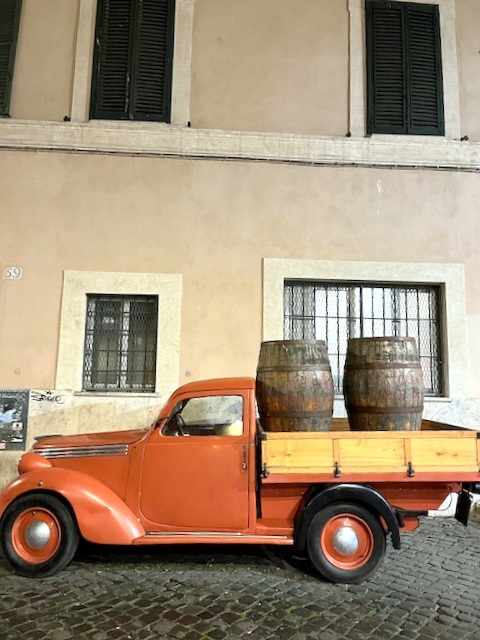
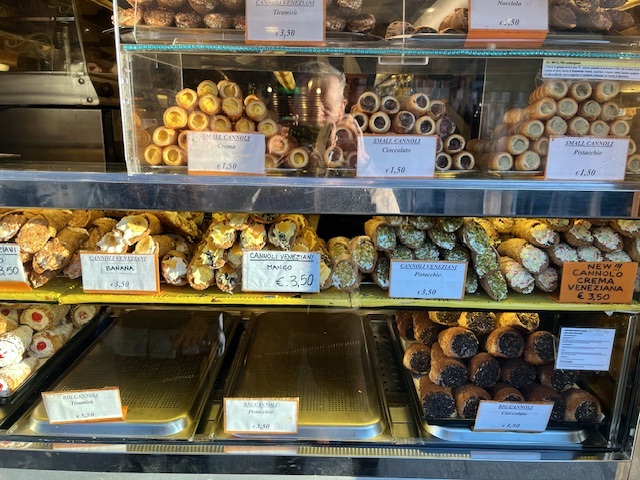
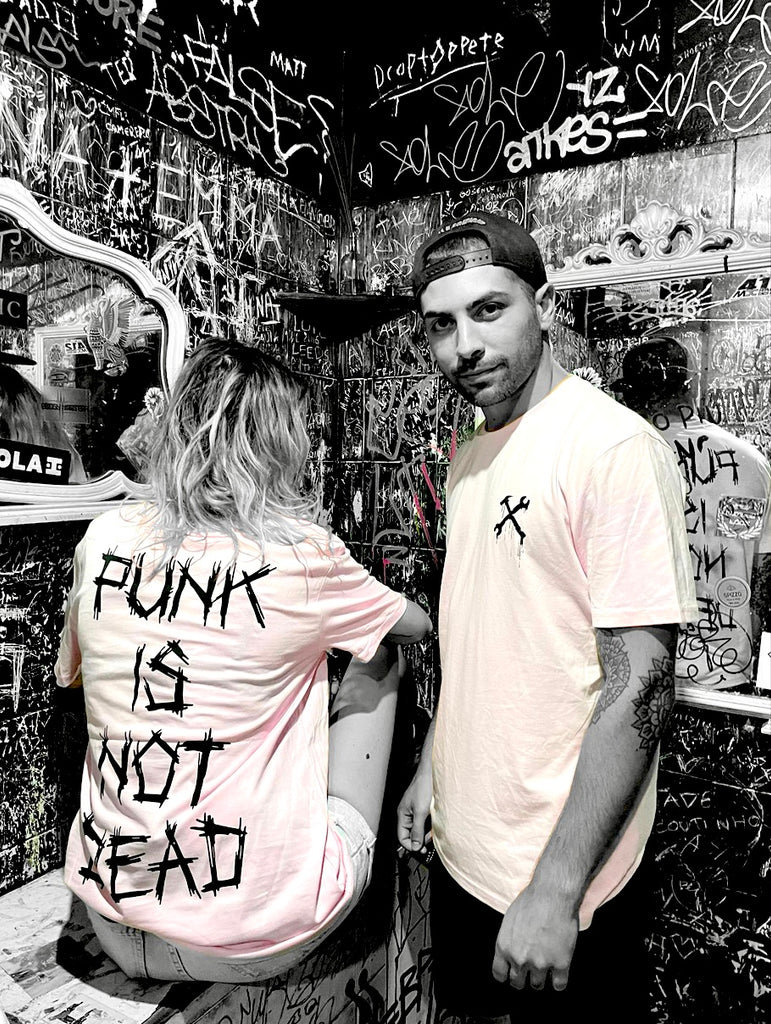
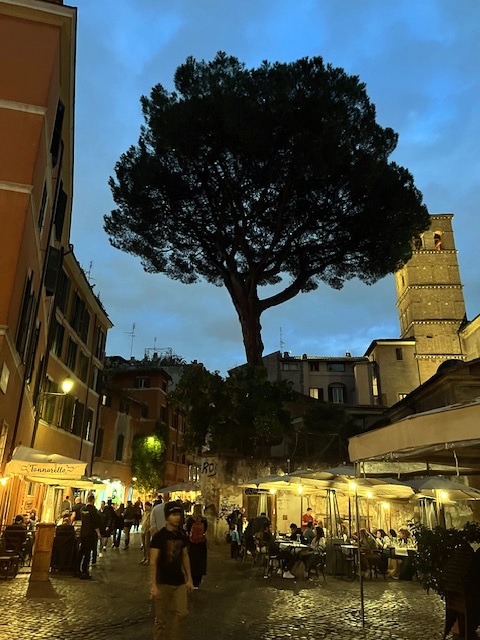
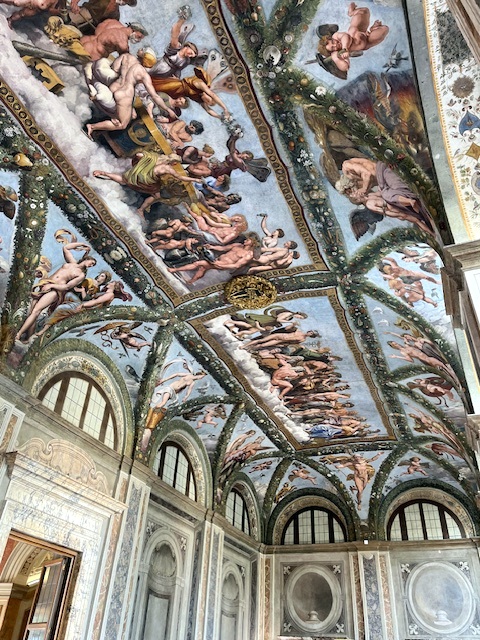
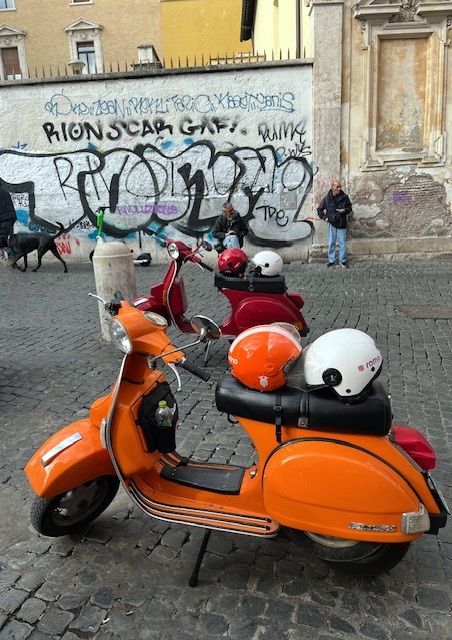



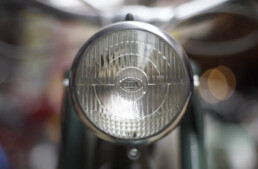
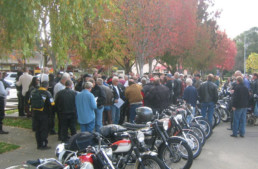
Roma ? Christmas …. everybody and his her goram brother/sister does Rome ….. almost to the point of boring irrelevance .
Wanna do a part of Italia ignored by the ignorant masses though ? Where there are more Roman ruins than all of Rome combined ? The birthplace of the espresso machine ? Where the confluence of Italian , Austrian and Slavic cultures come together in surprising and delicious combinations ? Where you have the perfect home base to explore Venice , the Italian Dolomites and Ticino ( the Italian speaking part of Switzerland )
Go take a week or five ride around Trieste … to heck with the masses … as the book ” GreenLights ” says …. ” STEP OUTTA YOUR COMFORT ZONE …. go where you’ll truly discover new things … rather than doing the same ole thing everyone else has done a thousand times over
As a starter … read ” Trieste ‘ by Jan Morris … and if yer of an academic persuasion …. ” Microcosms “by Claudio Magris
Ecco …. basta …. quiz on Friday …. espressos and biscotti afterwards ( with a splash of Grappa amiable to those 21 and over )
Ciao .. 😎
It’s always fun to see my second home through someone else’s eyes! And I will definitely check our Freni e Frizioni on my next trip. It seems to be very close to one of my regular espresso stops at the Bar Meccanismo where you can also check out a nice BMW R100/7 customized by the awesome shop Ottodrom (near the Galleria Borghese).